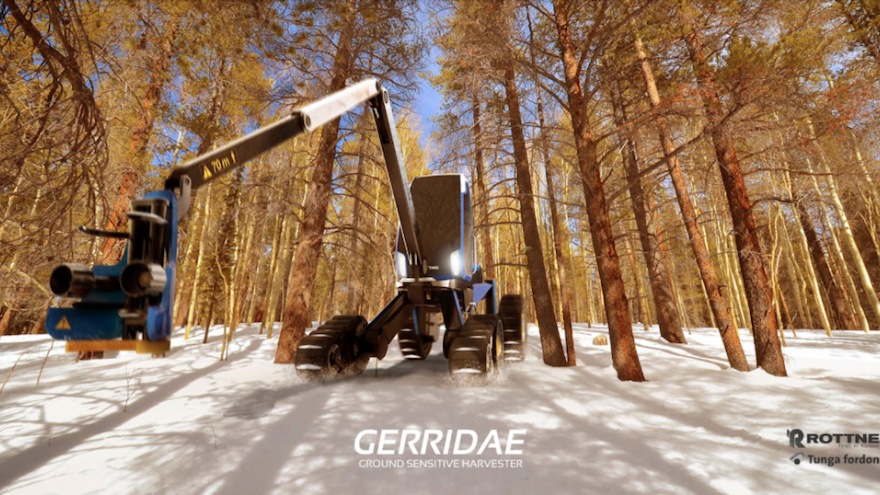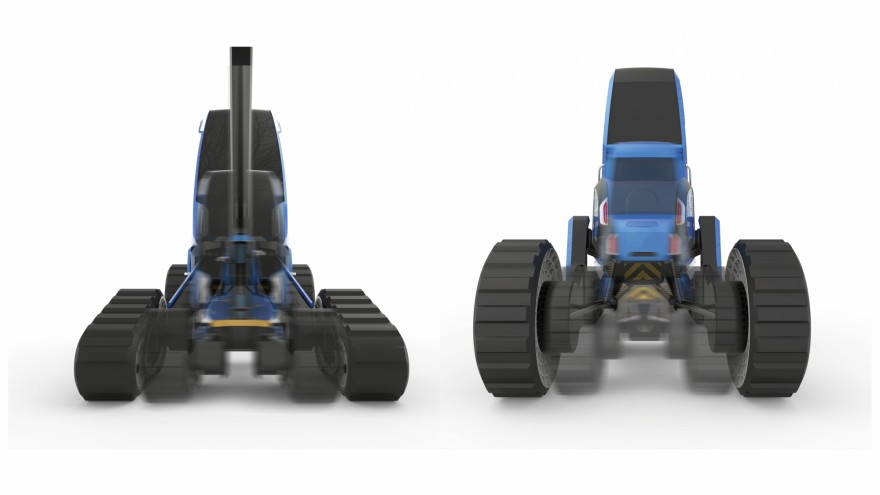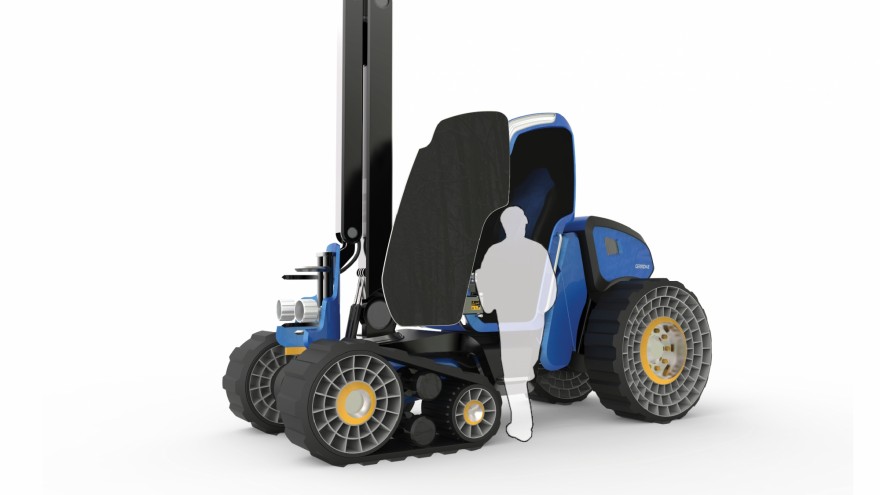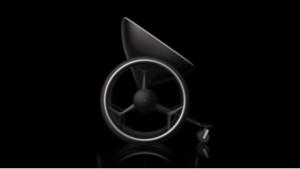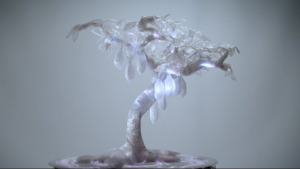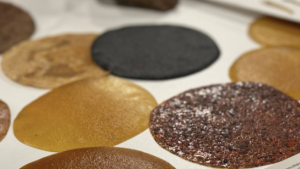With so many design innovations being touted as sustainable, it’s refreshing to come across one that has a distinct and measurable impact on the ground – quite literally. Turkish student Ilteris Ilbasan has designed the Gerridae ground sensitive harvester, a more ecologically responsible and efficient vehicle for forestry operations. It uses a clever system of counter weights to reduce the overall load of the machine.
Ilbasan is an MFA student in Advanced Product Design at Umea Institute of Design in Sweden. He collaborated with forestry machine manufacturer Rottne Idustri and the Tunga Fordon heavy vehicles association in developing the harvester.
His project set out to address the damage that current harvesters wreak on their surroundings as they often damage the soil, other trees’ roots and the general ecosystem in the area.
Ilbasan took a user-centred approach in his research, which began with in-depth studies of logging sites in Sweden and interviews with the loggers themselves to learn about their experience using the machines. He then looked more in detail at particular problem areas and brainstormed solutions with the loggers in an intensive three-day workshop.
When existent heavy machinery rolls through forested areas they often displace large amounts of soil, wearing deep cavities in the earth and ripping into tree roots. In most countries with substantial timber industries, logging companies are required to work in a way that promotes sustainability, leaving a prescribed number of saplings for regeneration.
Ilbasan’s Gerridae is a next-generation harvester whose flexible design goes several steps further. While driving, the harvester remains compact but when in use, its extendable counterweight moves back to provide more efficient ballast.
The harvester features other innovations including non-pneumatic tires that are more flexible and triangular front tracks that can flip out for increased ground contact. The design of the harvester takes some inspiration from nature. Like its namesake – the family of bugs commonly known as “water skaters” – it is exceedingly light on its feet by virtue of a wide base.
Ilbasan also addressed the quality of the user’s experience. “When I asked if there is a common disease that operators usually have, we got the answer ‘neck and back pain’. Operators need to move their head and body around so much that it causes spinal diseases,” he says.
His design minimises the need for neck movement by increasing the cabin’s rotational range and adding larger windows for increased field of vision.
He also addressed another shortcoming highlighted in his research – the propensity for operators to injure themselves when exiting the cabin and dropping over a metre down to the ground. The Gerridae has two basic modes of operation: the cabin can sit low to the ground when it is in its compact state for easy access and transport, and rise up during operation to increase visibility.
Ilbasan’s improvements ultimately consider the machine’s fuller ecosystem: its compactness also makes it easier and cheaper to transport.

